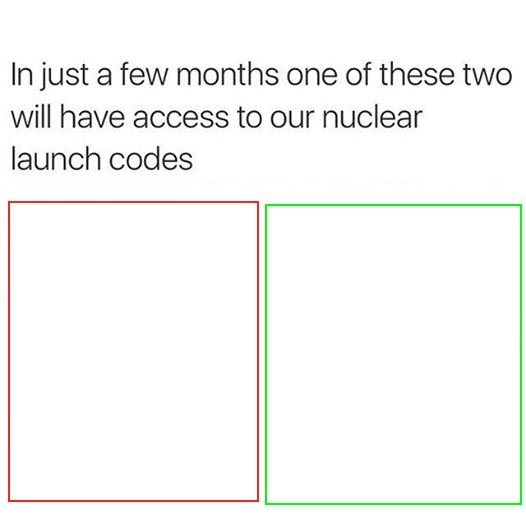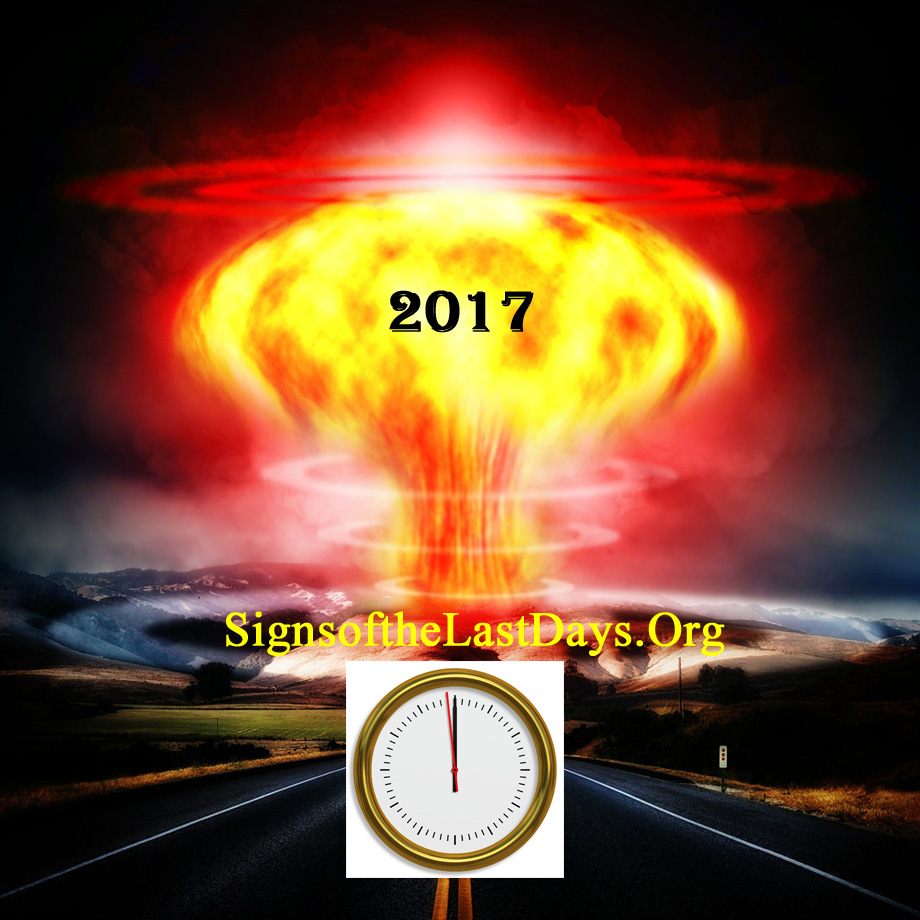
The proposal states that all three worked on earlier research projects in this area, called MW333001 and MW333001/1.

Some of his later, post-Amad scientific publications in the area of neutron transport and behavior in fissionable material involved both Shayesteh and Shahriari, where Shayesteh was listed as the primary author. Shayesteh could not be linked directly to Iran’s nuclear weapons program,, but his later scientific publications suggest his importance to this project lay in his expertise in understanding, designing, and running nuclear reactor-related software.
NUCLEAR TIME CODES ARCHIVE
Shahriari has also been named in archive documents as a senior member of Iran’s nuclear weapons program. Both Abbasi-Davani and Shayesteh list their field of education as physics, Shahriari lists nuclear engineering. In addition to Abbasi-Davani, the project involved two other professors, Majid Shahriari, and Mohsen Shayesteh. The signature could not be read the blue stamp is typical of those used by Iran to identify documents in the archive.
NUCLEAR TIME CODES SOFTWARE
The latter was for purchasing unidentified software abroad. The total requested budget was 30.8 million rial and $1,500 in foreign currency (see below). The project was expected to last for four months and be located at Imam Hussein University’s Core Sciences Research Institute, Physics Research Group. First two pages of a six-page proposal for a study related to developing nuclear weapon computer codes at Imam Hussein University. For example, an organizational chart of Project 110 of the Amad Plan from the archive lists the operating system project as one of four key tasks in building deliverable nuclear weapons (see Figure 2).
NUCLEAR TIME CODES CODE
The term operating system is the code word often used in the Nuclear Archive, designating at times the nuclear explosive device and other times the program to build such a device. The project’s importance is noted in the proposal, “Since this information will play a key role in the operational stage of the operating system, the importance of this project is clear” (emphasis added). The technical issues this project will focus on involve designing a system without the control measures commonly used in reactors, and involve releasing maximum energy. It will examine issues related to turning the system into a super-critical system and the system’s dynamic behavior. The principles of the project are based on nuclear reactor theories. The proposal summarizes the project’s scientific and technical principles:

In 2012, Imam Hussein University was added to the Specially Designated Nationals List, Office of Foreign Assets Control, U.S. Abbasi-Davani has been linked by several documents in the Nuclear Archive to Iran’s nuclear weapons program in the early 2000s, establishing him as a senior leader of Iran’s nuclear weapons program. He lists his address and the location of the project as the Physics Research Group, Imam Hussein University. 2 Figure 1 shows images of the first two pages of the proposal.

The new document from the Nuclear Archive is an undated Iranian research proposal, titled “Proposal for Non-Industrial Research Project,” submitted by project leader Fereydoun Abbasi-Davani. This approach, for example, was extensively utilized by Taiwan’s nuclear weapons program, allowing first the development of its first implosion-type nuclear weapons codes, later a method for improving these weapons codes. “the reactor runs away,” another way of providing an unclassified starting point for studying the dynamic simulation of a nuclear explosion. Understanding and modifying these readily available reactor codes allows a nuclear weapons program to study the brief period of time when a reactor core undergoes a rapid rise in power and then disassembles, i.e. Reports Iran’s Early Development of Nuclear Weapons Codes- An Example from the Nuclear Archive of a Project Proposal at Imam Hussein Universityīased on a recently obtained Farsi document from the Iranian Nuclear Archive, believed to date to the late 1990s or early 2000s, Iran’s theoretical work on nuclear weapons was aided by studies of certain transient phenomena in nuclear reactor accidents, a practice other countries employed in developing nuclear weapons. Iran’s Early Development of Nuclear Weapons Codes- An Example from the Nuclear Archive of a Project Proposal at Imam Hussein University.


 0 kommentar(er)
0 kommentar(er)
